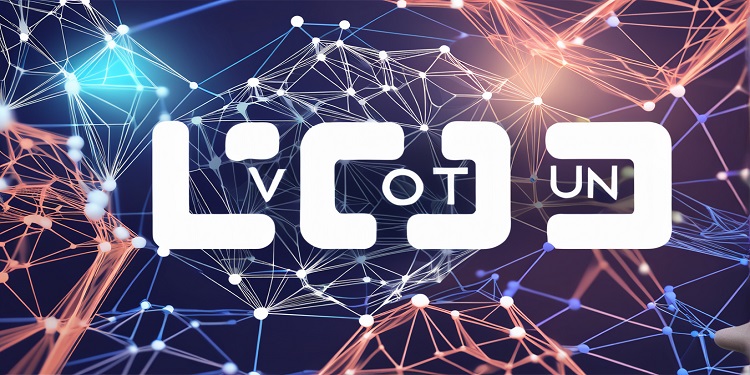Ripple, a blockchain payments firm licensed in Singapore, intends to roll out its stablecoin later this year to enhance utility and liquidity within its ledger ecosystem. The stablecoin, fully backed by US dollar deposits, short-term US government treasuries, and other cash equivalents, aims to provide stability in value, typical of assets like fiat currency or gold.
Audited Reserve Assets
According to Ripple’s announcement on April 4, the reserve assets linked to the stablecoin will undergo regular audits by a third-party accounting firm, with the findings published monthly. Brad Garlinghouse, Ripple’s CEO, described the stablecoin launch as a pivotal step in bridging traditional finance with the crypto space, envisioning broader use cases, liquidity, and opportunities for developers and users within the XRP Ledger (XRPL) community.
The XRP Ledger Community Impact
The XRPL serves as Ripple’s blockchain network facilitating real-time transfers of its native token, XRP, alongside other digital assets and fiat currencies. Ripple’s plan involves launching the stablecoin on both the XRPL and Ethereum blockchains later this year, pending regulatory clearance. Additionally, the firm aims to extend its presence to other blockchains and decentralized finance (DeFi) protocols and applications in the future, aiming to catalyze adoption and development within the XRPL ecosystem.
Monica Long, Ripple’s president, emphasized the significance of introducing a trusted stablecoin to the XRPL, anticipating increased adoption and ecosystem vibrancy.
Projected Growth and Market Valuation
Ripple estimates the current stablecoin market value at approximately US$150 billion, with forecasts predicting it to surpass US$2.8 trillion by 2028. Responding to this growing demand, Ripple has decided to venture into stablecoin issuance, aligning with its long-term strategic objectives.
Singapore Licensing and Regional Priorities
In October 2023, Ripple’s Singapore subsidiary, Ripple Markets Apac, obtained a license to offer digital payment token services in Singapore. At the time, Ripple highlighted that over 90% of its business operations were conducted outside the US, with the Asia-Pacific region, particularly Singapore, emerging as one of its fastest-growing markets. Ripple reiterated its commitment to prioritizing the Asia-Pacific region for the adoption of its crypto-enabled payment solutions.
Conclusion
Ripple’s upcoming stablecoin launch marks a significant milestone in its efforts to foster innovation and interoperability within the blockchain ecosystem. With plans for expansion across multiple blockchains and DeFi platforms, Ripple aims to play a pivotal role in shaping the future of digital payments and financial transactions worldwide.









